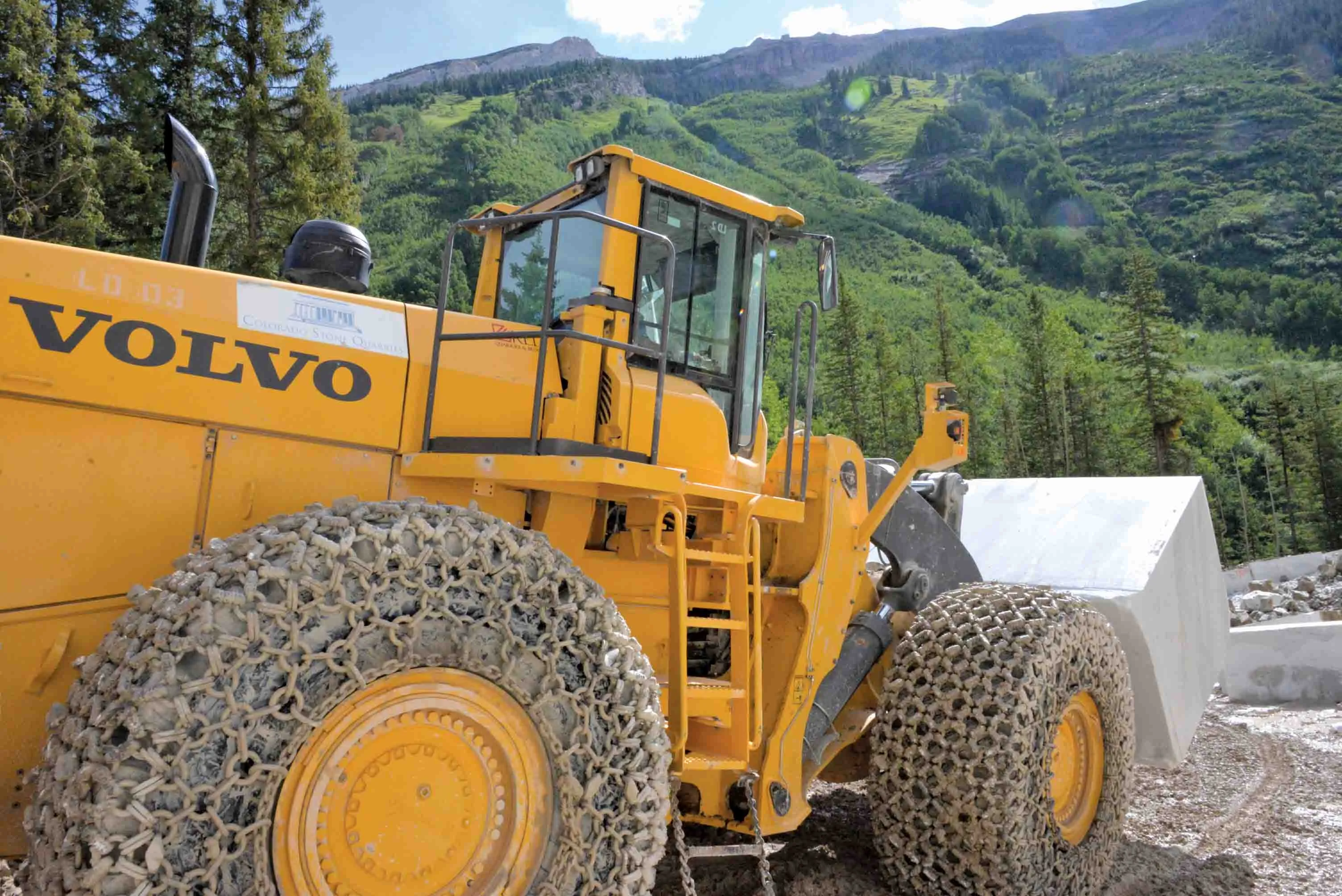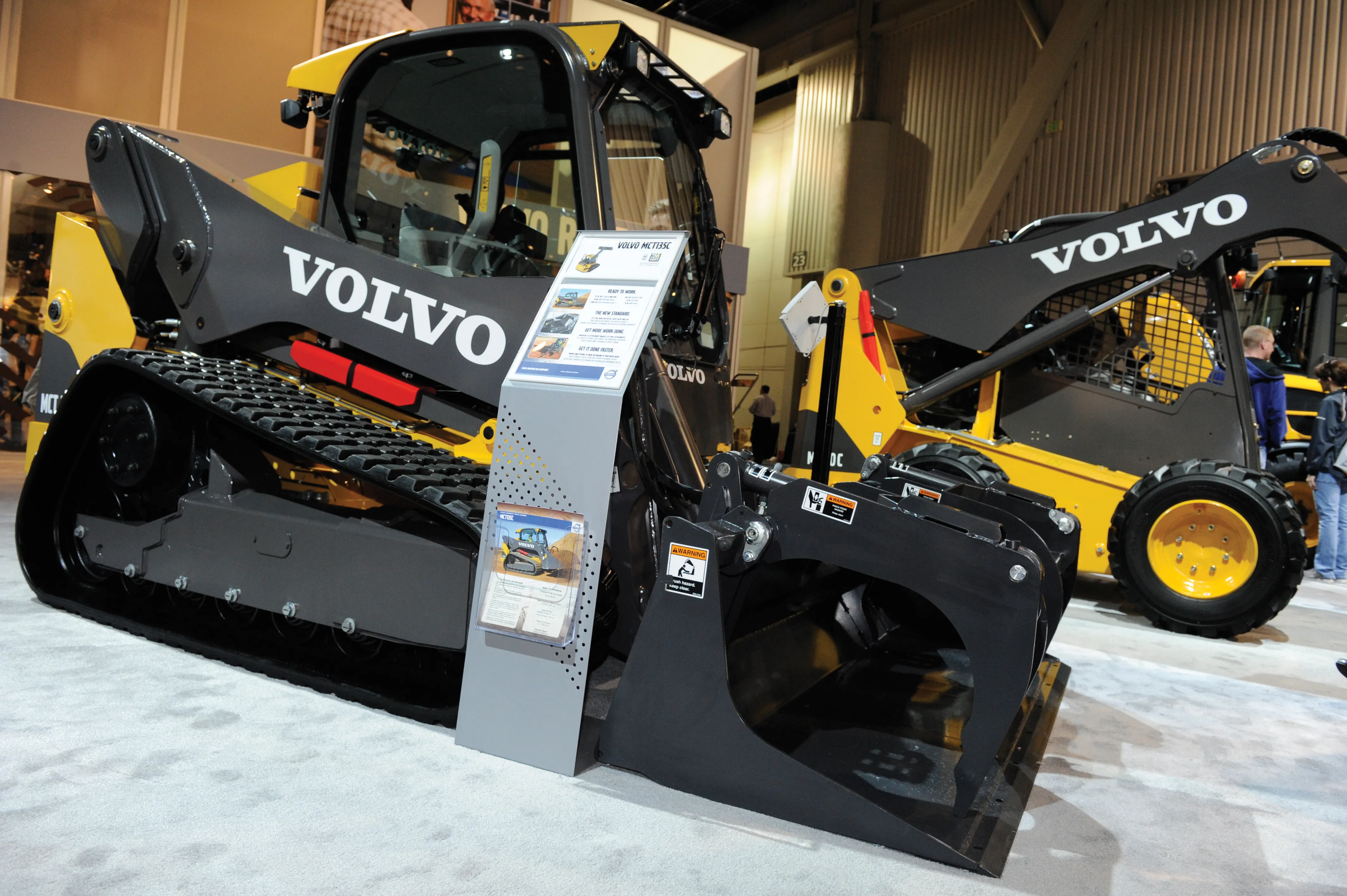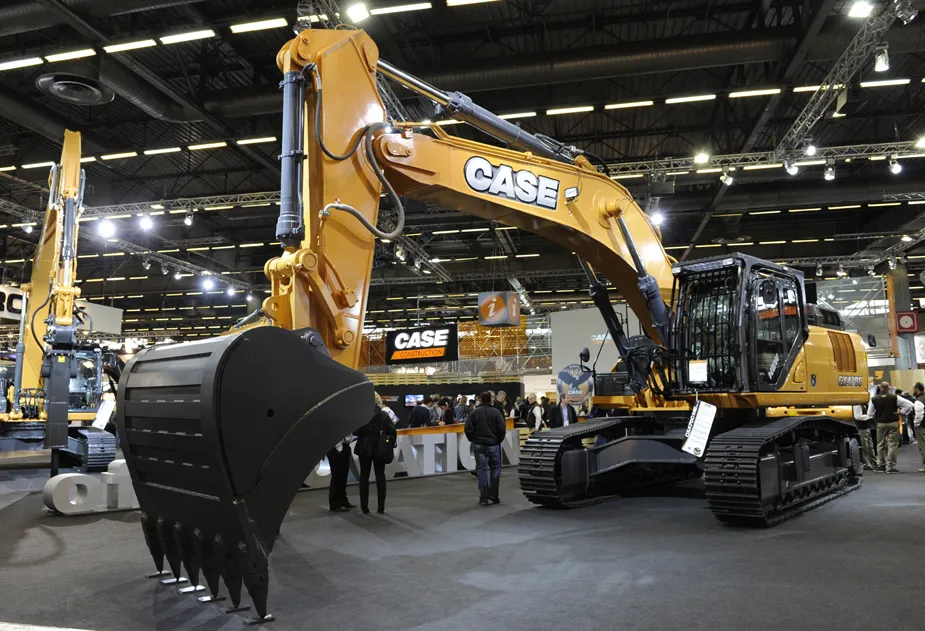
A basalt quarry in southern Umbria, owned by Basalto La Spicca, demands the most durable equipment - in this case, two
According to Luca, the new Zaxis-6 excavators are making a positive impact:
“Our machines don’t break down. We had no problems with the ZX350LC-3 after 12,000 working hours and so the new models promise to be even better,” said Dominici.
The Zaxis-6 models use around 30% less fuel per hour than the Zaxis-3.
The engine power rating of the ZX350LCN-6 is 210kW. Its operating weight is between 34,200-36,300kg and it has a digging depth between 6,500-7,380mm.
The medium excavators join Basalto La Spicca’s fleet of Hitachi machinery, which includes two large excavators - a ZX520LCH-3 and ZX470LCH-3 - and two ZW250-5 wheeled loaders.








